Australian Criminal Intelligence Commission
The Australian Criminal Intelligence Commission has today released the third report of the National Wastewater Drug Monitoring Program, revealing Western Australia reported some of the highest methylamphetamine consumption levels across the country.
Across the six sites monitored in the state in August 2017—three capital city sites and three regional sites—findings show Western Australia had the highest regional methylamphetamine consumption levels nationally.
The demand for methylamphetamine has plateaued over the past 12 months nationally, but remains resilient. While methylamphetamine use remains high, encouraging decreases in average consumption are evident at both regional and capital city sites in Western Australia when comparing data from August 2016 and August 2017.
Minister for Justice, the Hon. Michael Keenan MP launched the report today, alongside Australian Criminal Intelligence Commission Chief Executive Officer, Mr Michael Phelan APM, in Perth.
“Methylamphetamine was the highest consumed illicit drug of those tested across all regions of Australia, while alcohol and nicotine were consistently the highest consumed substances tested in all states and territories,” Mr Phelan said.
“We already know that serious and organised crime groups are thriving on the profits generated through the illicit drug trade, with no regard for everyday Australians battling addiction.
“Illicit drug use is also costing Australia billions of dollars every year in lost productivity and healthcare and crime costs.
“Our datasets show that the demand for methylamphetamine, and illicit substances more broadly, is strong and pervasive across Australia.
“The National Wastewater Drug Monitoring Program report findings present a picture of substance use across the country and reinforce the message that Australia needs a multi-faceted approach to combating the illicit drug trade—it cannot be addressed by law enforcement alone.”
The third report of the National Wastewater Drug Monitoring Program found that of the substances tested:
- Nicotine and alcohol remain the highest consumed substances across all states and territories.
- Average methylamphetamine consumption in both capital city and regional sites in Western Australia decreased in August 2017.
- Western Australia reported the highest average regional consumption of methylamphetamine nationally in August 2017.
- Average cocaine consumption in Western Australia capital city sites remained relatively stable, with increased consumption reported in regional sites in August 2017.
- Average MDMA consumption in both capital city and regional sites in Western Australia decreased in August 2017.
- Average MDA consumption in regional sites in Western Australia exceeded that reported in capital city sites in August 2017.
- Average oxycodone consumption in capital city sites in Western Australia increased, while consumption in regional sites decreased in August 2017.
- Average fentanyl consumption in capital city sites in Western Australia decreased, while consumption in regional sites increased in August 2017.
- Average heroin consumption in Western Australia capital city sites exceeded regional sites in August 2017.
For this report, samples were collected during April, June and August 2017. Fifty-four wastewater sites were monitored nationally in August 2017, covering approximately 61 per cent of Australia’s population—around 14.2 million people.
The third report reflects the evolution of the National Wastewater Drug Monitoring Program. With the recent inclusion of heroin, the number of substances monitored as part of the program has increased to 14, providing a better insight into the illicit drug market in Australia. Additionally, a refinement made to the way in which 3,4-methylenedioxyamphetamine (MDA) is analysed has resulted in MDA data now reflecting use of this drug, rather than its presence in wastewater solely as a metabolite of MDMA use.
“We are committed to providing a strong evidence base to inform policy and operational decisions and will continue working with our partners to connect, discover, understand and respond to the threat and harm caused by illicit drug activity,” Mr Phelan said.
The Australian Criminal Intelligence Commission received $3.6 million over three years from Proceeds of Crime funding for the National Wastewater Drug Monitoring Program and has commissioned the University of Queensland and the University of South Australia to undertake the program and prepare the research reports containing its findings.
The report is available from the Australian Criminal Intelligence Commission website.
